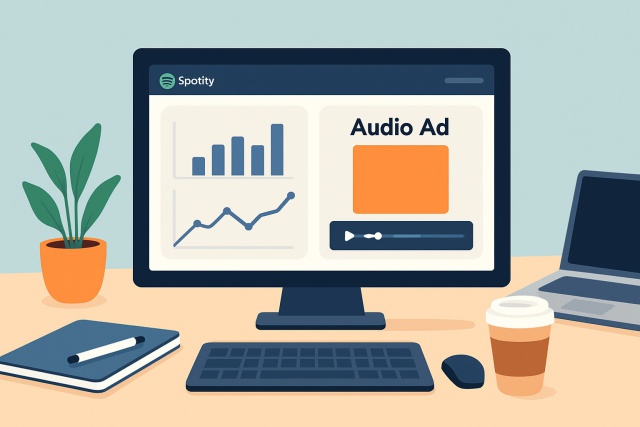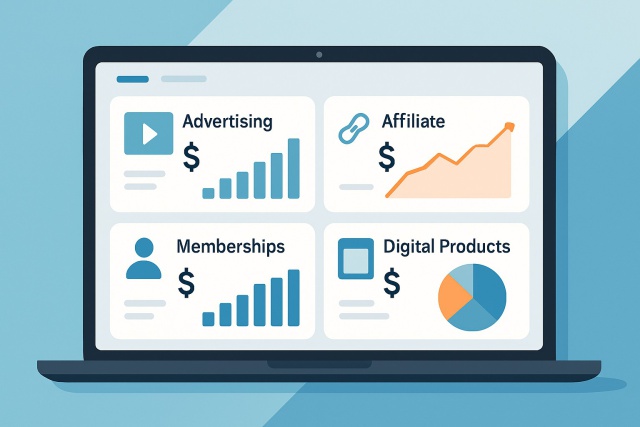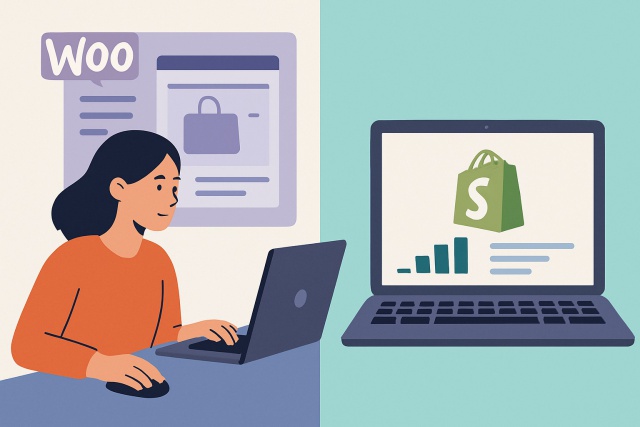Geofencing Marketing Benefits and When to Use It

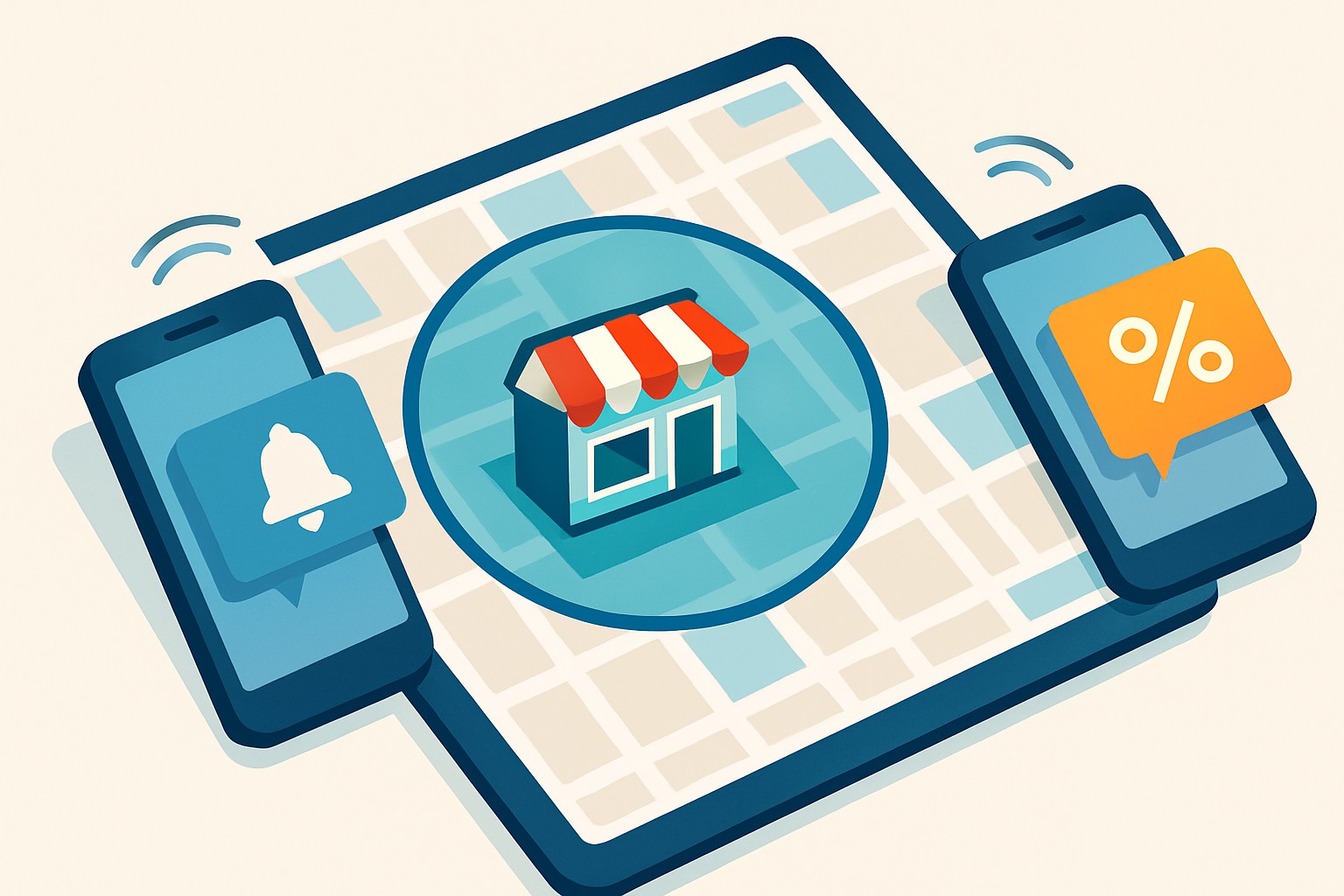
Geofencing marketing taps into location technology to connect with people where they are in the real world. We’ll explain what geofencing marketing really is, how it works behind the scenes, its key perks, and tips on when and how to use it to boost engagement and help your business grow
What Exactly Goes into Geofencing Marketing?
Think of setting up an invisible fence on a digital map around a neighborhood or store. Geofencing marketing works much the same way—it draws an invisible boundary that triggers marketing messages or actions the moment a customer’s device sneaks into or slips out of that zone.
Geofencing technology uses location-detection methods such as GPS satellites, RFID chips, Wi-Fi signals and cellular data triangulation. These tools help marketers create precise virtual boundaries and detect when a device enters or leaves these zones. This enables timely location-based marketing on smartphones and other connected gadgets.
- Setting up geofence boundaries on maps to pinpoint where your marketing efforts should focus.
- Keeping an eye on when a user’s mobile device crosses into or slips out of these predefined geographic zones.
- Rolling out marketing moves like push notifications or SMS messages that spring to life when location changes occur.
- Collecting insights on user movements and campaign responses to fine-tune and boost future strategies because there’s always room to get better.
What Really Makes Geofencing Marketing Tick
Geofencing marketing kicks off by pinpointing a particular geographic area and wraps up with sending personalized, timely messages triggered by a user’s location.
Choose the geographic area or radius where you want to catch your customers' attention, maybe around a busy store or a buzzing event location.
Keep tabs on mobile devices’ locations using GPS, Wi-Fi or cellular signals within that zone and act like a digital lookout.
Pay attention when a user crosses into or out of the geofenced boundary because that’s your cue to spring into action.
Send out targeted marketing messages such as push notifications, personalized ads or SMS with tempting special offers right to the user’s device.
Collect data on how users interact and behave to see what’s working and adjust your campaign for better results next time.
Common marketing triggers often revolve around sending push notifications about in-store discounts just as customers happen to be nearby. Then there are those timely SMS alerts nudging them about upcoming events as they step in, along with location-based ads popping up on social media right when they’re in the mood. And let us not forget those cheeky exclusive coupons that show up after someone leaves a competitor's store.
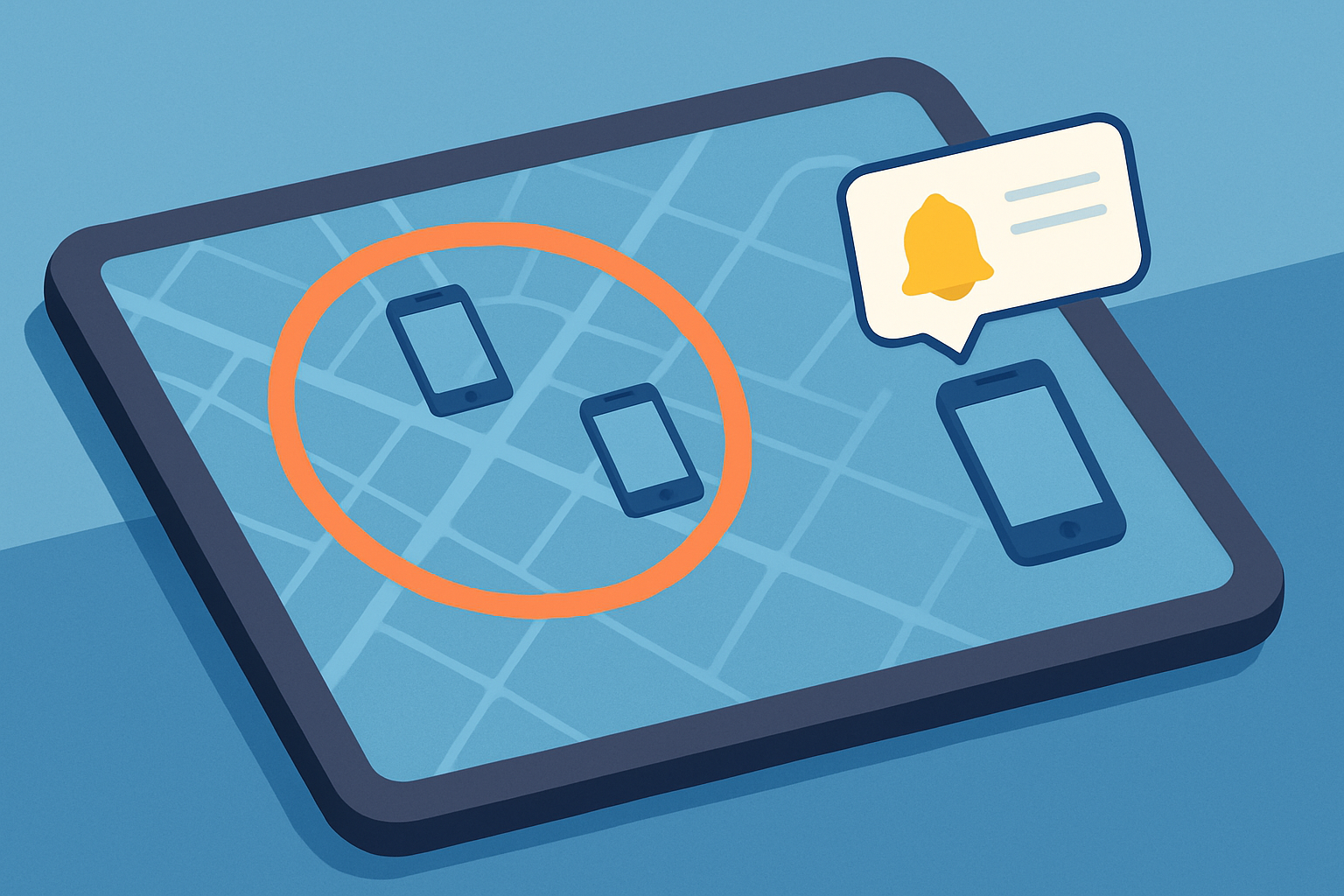
Visual representation showing how geofencing defines virtual boundaries and triggers marketing messages when mobile devices enter or leave the area.
Main Advantages of Geofencing Marketing Why It’s a Game Changer
- Zero in on customers right where they’re hanging out to make your message hit home and get a response.
- Boost engagement by sending timely personalized messages that genuinely connect with people nearby as if you’re speaking their language.
- Elevate the customer experience with context-aware offers and communications that feel like they know what customers need before they do.
- Deliver budget-friendly results by focusing your ad spend solely on users within a specific geographic area—no wasted pennies here.
- Enable real-time marketing so brands can jump on events or customer actions faster than you can say ‘instant gratification.’
- Provide valuable insights into customer movement and preferences to help you fine-tune future campaigns with more finesse.
These benefits translate into tangible business wins. Take a coffee shop for example. It can easily grab the attention of those groggy morning commuters nearby by sending instant discount alerts and giving sales a nice bump through smart local offers. Real-time geofencing data often highlights peak customer hours or busy hotspots. This allows businesses to pivot their marketing strategies on the fly.
Geofencing marketing works a bit like your friendly local shopkeeper who spots you right as you stroll into the neighborhood—making the whole experience feel timely, personal, and hard to ignore.
When Does Geofencing Marketing Really Hit the Mark?
Geofencing marketing shines when being close to the action matters. Retail stores want to boost foot traffic, events aim to pack the house, and hospitality spots try to connect with guests nearby.
You’re aiming to boost foot traffic by sending offers to customers just around the corner from your store.
Events or trade shows are perfect moments to keep attendees in the loop about sessions and promotions or can’t-miss updates.
Jazz up loyalty programs with spot-on location-based rewards or well-timed notifications that feel personal.
Spark sales with timely location-specific promotions or spontaneous flash sales that catch individuals’ attention.
Zero in on customers near competitor locations looking to snatch up local market share through irresistible offers.
To figure out if geofencing marketing is a good fit for your business, start by zeroing in on your marketing goals. Aim to reel in nearby customers or catch the attention of people attending a specific event. It’s also worth considering how often your audience uses mobile devices with location services switched on because without that, geofencing is like fishing without a hook. Budget plays a big role too, since geofencing campaigns typically call for specialized tools and ongoing management to keep things running smoothly.
Key Tips for Successful Geofencing Marketing You Can Actually Use
- Define clear boundaries and size for your geofence so you focus on the most relevant customer spots without accidentally casting too wide a net and wasting effort.
- Always ask for user permission before tracking location because it helps build trust and keeps everything above board with privacy rules.
- Craft offers that feel like they were made just for the customer's current situation and what they probably need right now.
- Keep testing and tweaking your messages to discover what truly resonates with your audience. There is always room to improve.
- Make sure your geofencing efforts fit well with your bigger marketing strategy to maintain a smooth, consistent brand message.
- Use the data you collect not only to track results but also to sharpen your targeting gradually over time. Remember, it is a marathon not a sprint.
If you are just dipping your toes into geofencing, start by mapping your target areas using dependable GPS tools—those little gadgets really can make a world of difference. Next, craft messages that come across as genuinely helpful rather than the usual pushy sales pitches we all love to ignore. Platforms like Semrush can be a real lifesaver when it comes to researching local keywords and fine-tuning your content strategy so it plays nicely with your geofencing efforts.
The Trickier Side and Boundaries of Geofencing Marketing
Geofencing marketing packs a punch when it comes to benefits but it’s not without its fair share of hiccups. GPS accuracy can be a bit of a wild card. Users tend to get uneasy about privacy and if you bombard them with too many messages, ad fatigue can sneak up like an uninvited guest. Making heads or tails of complex location data usually calls for slick analytics.
- Heavily leans on reliable GPS and device signals, which can be a bit of a wild card depending on the environment and the hardware you’re dealing with.
- Needs clear user consent before accessing location data, which naturally puts a cap on how many people you can actually reach.
- Some users get a little uneasy about location tracking, and that can subtly color their impression of your brand.
- It’s vital to strike the right balance with message frequency—no one likes feeling bombarded or annoyed.
- The costs and technical hoops can be quite a stretch for small businesses, especially if they don’t have a dedicated team to handle it all.
Businesses usually find a solid win by investing in reliable location data providers and being upfront with customers about how their data gets used. Using frequency caps is a neat trick to keep the message flood in check, which helps maintain a positive user experience without overwhelming anyone. For a successful geofencing marketing campaign, pairing this technique with analytics tools like Semrush or Moz often uncovers richer insights and paves the way for smarter decisions.
Frequently Asked Questions
Is geofencing marketing difficult or expensive to set up for a small business?
While it requires some dedicated tools and technical know-how many marketing platforms today offer geofencing options that are easy to learn. You can keep costs down by focusing on very specific small areas. For small businesses starting with one key location like your storefront is a smart and budget-friendly way to test the waters before committing fully.
How can I ensure my geofencing messages do not feel intrusive or creepy to customers?
Transparency and offering real value are essential. Always get clear permission from users before tracking their location because nobody likes feeling spied on. Keep your messages helpful and relevant by offering a discount when someone is nearby rather than just monitoring their every move. Avoid flooding them with notifications and make each message meaningful by providing something worthwhile. This approach builds trust and maintains a positive experience.
What is the ideal size for a geofenced area?
That really depends on your goals. If you are aiming to boost foot traffic to a retail shop a radius covering a few blocks usually works well. For larger events like fairs or festivals your geofence should cover the entire venue. The key is to be specific enough so your message remains relevant without casting a wide net that targets people who probably will not engage.
Can I use geofencing to target customers who are at my competitor's location?
Yes this is a common and smart tactic. By placing a geofence around a competitor's store you can send targeted ads or special deals right when potential customers consider their options. Just make sure your offer is attractive enough to encourage them to choose you.
What kind of data can I collect from a geofencing campaign and how do I use it?
You can track foot traffic patterns how often people visit engagement rates with your campaign like how many people click on your offers and identify your busiest times. This valuable data helps you improve your strategy by adjusting geofence boundaries refining your messaging understanding customer habits and ultimately measuring the real impact of your location-based marketing for future planning.
Further Reading
Unleash Your SEO Prowess with Semrush
Are you struggling to boost your online visibility and drive more traffic to your website? Semrush is the ultimate SEO and digital marketing tool that can take your Internet Marketing game to new heights. With its powerful suite of features, you can gain a comprehensive understanding of your market, optimize your content, and outrank your competitors.
- Uncover Profitable Keywords with Advanced Research
- Analyze Your Site's Health with Detailed Audits
- Monitor Backlinks and Stay Ahead of Competitors
- Streamline Content Creation with Insights and Trends





